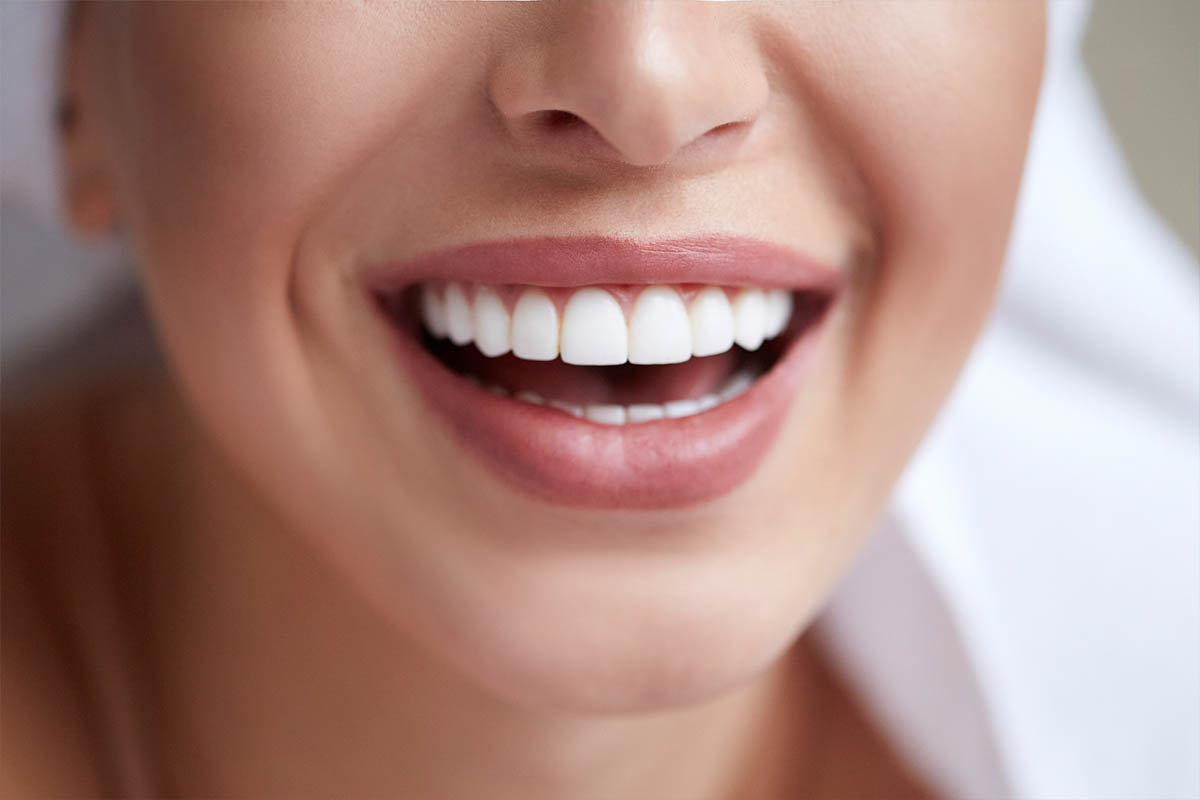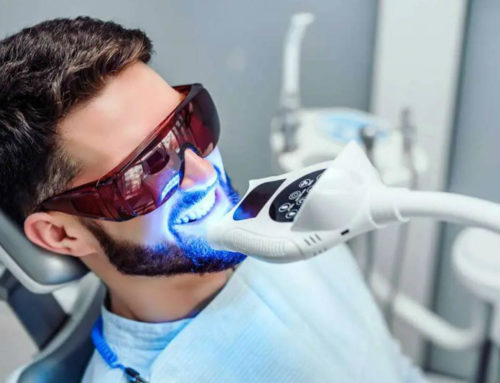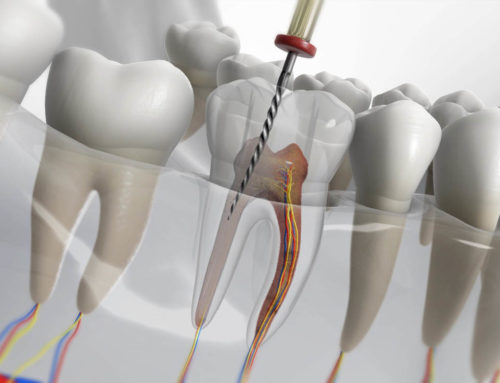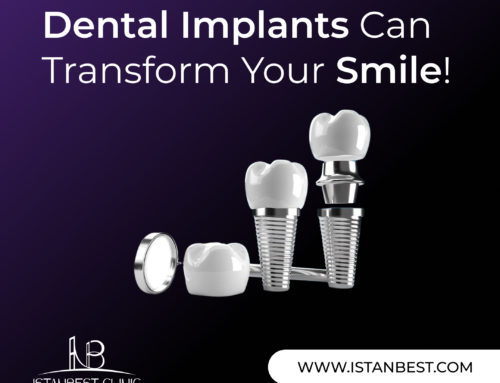When it comes to dental restorations, achieving both strength and natural aesthetics is of utmost importance. Thanks to advancements in dental materials, the field now boasts an innovative solution known as Zirconia Emax.
This remarkable material combines the durability of zirconia with the esthetic properties of lithium disilicate, resulting in restorations that offer outstanding strength, exceptional aesthetics, and precise fit. Let’s delve deeper into the features and benefits of Zirconia Emax.
Read More: Porcelain and Zirconia Crowns

Key Features of Zirconia Emax
Zirconia Emax restorations consist of a zirconia core, which offers exceptional strength and durability. This core material ensures that the restorations are highly resistant to chipping and fractures, promoting their longevity. In addition to the zirconia core, a layer of lithium disilicate, known as Emax, is added to enhance the esthetic properties of the restorations. Emax is a glass-ceramic material that closely replicates the natural translucency of teeth, resulting in lifelike and aesthetically pleasing outcomes.
The difference between Zirconia Emax and Zirconia
The primary difference between Zirconia Emax and zirconia lies in their composition and intended applications in dentistry. Here are the key distinctions:
Composition
Zirconia is a type of ceramic material that consists of zirconium dioxide (ZrO2). It is known for its high strength and durability, making it suitable for dental restorations. On the other hand, Zirconia Emax is a combination of zirconia and lithium disilicate, a glass-ceramic material. The addition of the lithium disilicate layer enhances the esthetic properties of the restoration.
Strength and Durability
Both zirconia and Zirconia Emax offer excellent strength and durability compared to other dental materials. However, zirconia alone tends to be stronger and more resistant to fractures due to its dense composition. The addition of the lithium disilicate layer in Zirconia Emax helps improve the overall strength of the restoration, but it may not match the strength of pure zirconia.
Esthetics
Zirconia is known for its white, opaque appearance, which may not provide the most natural-looking result, especially for front teeth restorations. In contrast, Zirconia Emax combines the strength of zirconia with the esthetic properties of the lithium disilicate layer (Emax). The Emax layer enhances the translucency and color matching capabilities, resulting in restorations that closely resemble natural teeth.
Versatility
Zirconia is highly versatile and commonly used for dental crowns, bridges, and implant restorations in both anterior and posterior regions of the mouth. Zirconia Emax, with its improved esthetic properties, is often preferred for anterior restorations where natural appearance is crucial. However, it can also be used for posterior restorations where strength is of utmost importance.
Fabrication Process
Zirconia restorations are typically milled from a solid block of zirconia using computer-aided design and computer-aided manufacturing (CAD/CAM) technology. In the case of Zirconia Emax, the restoration is fabricated by layering zirconia with the lithium disilicate (Emax) material. This layering process requires additional steps in the fabrication process compared to zirconia alone.

The difference between Zirconia Emax and Emax
The main difference between Zirconia Emax and Emax lies in their composition and applications in dentistry. Here are the key distinctions:
Composition
Emax is a glass-ceramic material known as lithium disilicate. It is a translucent material that closely resembles the natural color and translucency of teeth. On the other hand, Zirconia Emax combines the esthetic properties of Emax with the strength and durability of zirconia, which is a robust ceramic material.
Strength and Durability
Emax is primarily valued for its excellent esthetics rather than its strength. It is not as strong as zirconia and may be more prone to fractures and chipping. Zirconia Emax, on the other hand, offers enhanced strength and durability due to the presence of the zirconia core.
Esthetics
Emax is highly regarded for its lifelike esthetics and natural translucency. It is often used for anterior restorations, such as veneers and crowns, where esthetics are a top priority. Zirconia Emax retains the esthetic qualities of Emax while providing added strength, making it suitable for both anterior and posterior restorations.
Applications
Emax is commonly used for veneers, inlays, onlays, and some single-unit crowns. It is not typically recommended for multi-unit bridges or restorations in areas that require high strength, such as molars. Zirconia Emax, with its combination of zirconia and Emax, can be used for a wider range of restorations, including single crowns, multi-unit bridges, and implant-supported restorations.
Preparation and Fabrication
Emax restorations are typically prepared using conventional techniques, such as heat-pressing or milling from a block of Emax material. Zirconia Emax restorations, however, involve a layering process where the zirconia core is first milled or produced, followed by the application of the Emax layer to enhance esthetics.
Advantages of Zirconia Emax
Zirconia Emax offers several advantages over traditional restorative materials, making it a preferred choice among dentists and patients alike. Here are some notable benefits:
- Superior Strength: The combination of zirconia and Emax results in restorations with exceptional strength. Zirconia’s inherent durability ensures long-lasting performance, while the Emax layer adds strength and resilience to the restoration.
- Natural Aesthetics: Zirconia Emax restorations exhibit remarkable esthetics that closely resemble natural teeth. The glass-ceramic layer replicates the translucency and color variations found in real teeth, ensuring a seamless and lifelike appearance.
- Precise Fit: Zirconia Emax restorations can be fabricated using computer-aided design and computer-aided manufacturing (CAD/CAM) technology. This allows for precise customization, ensuring an accurate fit and optimal function.
- Biocompatibility: Zirconia Emax is biocompatible, meaning it is well-tolerated by the oral tissues and does not cause any adverse reactions. This makes it a safe choice for dental restorations.
- Versatility: Zirconia Emax can be used for a wide range of restorations, including crowns, bridges, and veneers. Its versatility makes it suitable for both anterior and posterior teeth, offering a comprehensive solution for various dental needs.
Is Zirconia Emax Right for You?
If you’re considering dental restorations and are seeking a combination of strength and aesthetics, Zirconia Emax may be the ideal choice. However, the suitability of the material depends on factors such as the location of the restoration, your oral health condition, and the recommendation of your dentist. It’s crucial to consult with a dental professional who can assess your specific needs and provide expert guidance on the best treatment options for you.
In conclusion, Zirconia Emax represents a significant advancement in dental materials, providing a harmonious blend of strength and aesthetics. With its exceptional durability, lifelike appearance, and precise fit, Zirconia Emax restorations offer patients a reliable and esthetically pleasing solution for their dental needs.
When it comes to your dental health, it’s essential to choose a dental clinic that prioritizes quality and utilizes the highest quality products. At IstanBest Clinic, we are committed to providing top-notch dental care, and we proudly use the highest quality products, including Zirconia Emax, in our dental operations. Our experienced dental professionals combine their expertise with superior materials to ensure that our patients receive the best possible outcomes for their dental restorations.




